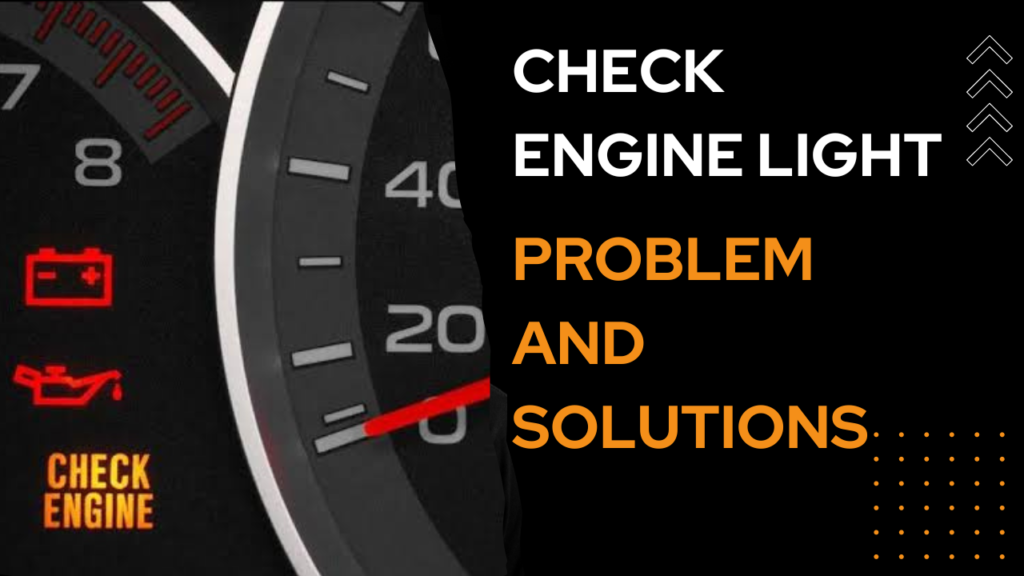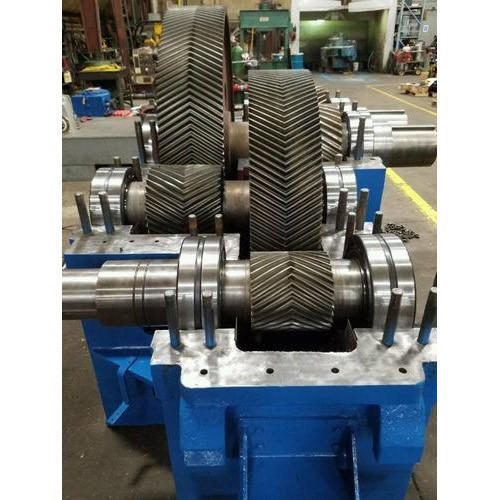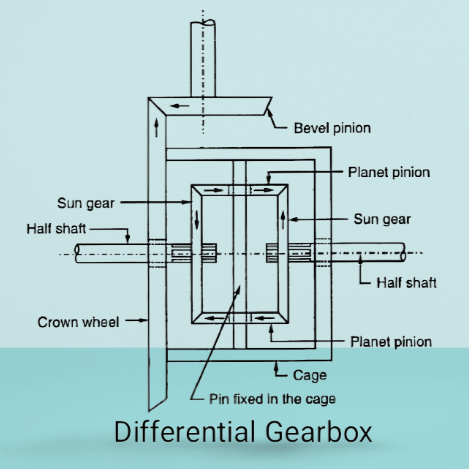Simple trick to turn off check engine light
A simple trick to turn off the engine light temporarily is to disconnect the car’s battery for a few minutes. However, this won’t address the underlying issue causing the light to come on. It’s best to get the problem diagnosed and fixed by a professional mechanic to prevent any potential damage or safety hazards.

Resetting Check engine light
Resetting the check engine light can be done by disconnecting the car’s battery for a few minutes or using an OBD-II scanner to clear the error codes. However, keep in mind that simply clearing the codes won’t fix the underlying issue. If the problem persists, the light will likely come back on. It’s recommended to address the root cause of the issue before resetting the light.
How long can you drive with check engine light on?
While you can technically drive with the check engine light on, it’s important to address the issue causing the light to come on as soon as possible. The light indicates a problem with your vehicle’s systems, and driving with a potential issue can lead to further damage or decreased fuel efficiency. It’s recommended to have the problem diagnosed by a professional mechanic and fixed promptly to ensure your vehicle’s optimal performance and safety.
What does it mean when the check engine light flashes?
When the check engine light is flashing, it typically indicates a severe issue with your vehicle that requires immediate attention. A flashing check engine light could suggest a misfire in the engine, which could lead to damage to the catalytic converter. Continuing to drive with a flashing check engine light can result in more significant problems and potential engine damage. It’s crucial to reduce your speed and have the vehicle inspected by a professional mechanic as soon as possible.
Check engine light diagnostic
When your check engine light comes on, it’s a sign that your vehicle’s onboard diagnostic system (OBD-II) has detected a potential issue. To diagnose the problem, you’ll need to perform a check engine light diagnostic. Here’s what you can do:
1. OBD-II Scanner: Use an OBD-II scanner, which you can plug into your car’s OBD-II port (usually located under the dashboard). The scanner will read the error codes stored in the vehicle’s computer system and provide you with information about the issue.
2. Read Error Codes: The OBD-II scanner will display a series of alphanumeric codes (e.g., P0301). These codes correspond to specific problems or malfunctions in various systems of your vehicle.
3. Lookup Codes: Look up the error codes in your vehicle’s service manual or online to understand what they mean. They can point to problems related to the engine, transmission, emissions, sensors, and more.
4. Assess Severity: Some codes indicate minor issues, while others could signify more serious problems. You’ll need to determine whether you can address the problem yourself or if it requires professional attention.
5. Address the Issue: Depending on the severity of the issue, you can choose to fix it yourself if you’re comfortable doing so. Otherwise, it’s recommended to take your vehicle to a qualified mechanic to diagnose and repair the problem.
Remember that the check engine light diagnostic process gives you insight into the problem, but it doesn’t replace the expertise of a professional mechanic. If you’re unsure about the issue or how to fix it, seeking professional help is the best course of action.
How to reset service engine soon light?
To reset the “Service Engine Soon” light (which is essentially the check engine light) on your vehicle, follow these steps:
1. Address the Issue: Before resetting the light, make sure you have addressed and fixed the underlying issue that triggered the light in the first place. Resetting the light without resolving the problem could lead to continued issues with your vehicle.
2. Use an OBD-II Scanner: Obtain an OBD-II scanner if you don’t already have one. You can borrow, rent, or purchase one from auto parts stores or online retailers.
3. Locate the OBD-II Port: Find the OBD-II port in your vehicle. It’s usually located beneath the dashboard, near the steering column. Consult your vehicle’s manual for the exact location.
4. Plug in the Scanner: Insert the OBD-II scanner into the port and turn the vehicle’s ignition to the “On” position without starting the engine. The scanner should power on.
5. Read and Clear Codes: Follow the scanner’s instructions to read the error codes stored in the vehicle’s computer. Once you’ve read the codes and confirmed that the issue is resolved, you can proceed to clear the codes.
6. Clear Error Codes: Use the scanner’s interface to clear the error codes. Look for an option to “Clear Codes,” “Erase Codes,” or similar wording. Confirm the action.
7. Wait and Restart: After clearing the codes, wait a few moments, then start your vehicle. The “Service Engine Soon” light should no longer be illuminated. It might take a short drive cycle for the light to reset completely.
It’s important to note that resetting the light without addressing the underlying problem is not a recommended practice. If the issue persists, the light will likely come back on. If you’re not comfortable performing these steps yourself, or if the problem is recurring, it’s best to seek professional help from a qualified mechanic.
Check engine light goes and off
If your check engine light is intermittently turning on and off, it’s an indication that there might be an intermittent issue with your vehicle’s systems. here are a few common reasons for this behavior:
1. Loose gas cap: A loose, damaged, or improperly tightened gas cap can trigger the check engine light. make sure the gas cap is securely tightened after refueling.
2. Faulty sensor: The check engine light can be triggered by a faulty sensor, such as an oxygen sensor or mass airflow sensor. these sensors can sometimes provide inaccurate readings.
3. Minor glitch: Occasionally, the check engine light might come on due to a minor glitch in the vehicle’s computer system. it might reset itself after a few drive cycles.
4. Emission system issues: Problems with the emission control system, such as a malfunctioning catalytic converter or oxygen sensor, can cause intermittent check engine light illumination.
5. Wiring or electrical issues: Damaged or corroded wiring, connectors, or electrical components can lead to intermittent problems that trigger the check engine light.
6. Engine misfire: An intermittent misfire in the engine could cause the light to come on when the misfire occurs and turn off when the engine is running smoothly.
While the light turning off temporarily might provide a sense of relief, it’s essential to address the issue causing the intermittent behavior. even if the light is off, the error codes might still be stored in the vehicle’s computer system. it’s recommended to use an obd-ii scanner to retrieve and analyze the codes. if you’re not comfortable diagnosing and fixing the issue yourself, it’s best to consult a professional mechanic to ensure your vehicle’s optimal performance and safety. ignoring the problem could lead to more significant issues down the road.A check engine light that goes on and off could indicate a variety of issues with your vehicle. It’s recommended to have the vehicle’s onboard diagnostic system scanned for trouble codes to identify the specific problem. This will help you pinpoint the issue and determine whether it requires immediate attention.
Why is my check engine light flashing?
A flashing check engine light typically indicates a more serious and potentially damaging issue with your vehicle’s engine. It’s often associated with misfires in the engine, which can lead to damage to the catalytic converter.
If your check engine light is flashing, it’s advisable to stop driving as soon as it’s safe to do so and have the vehicle inspected by a qualified mechanic to diagnose and address the problem.
Check engine light blinking and car shaking
A blinking check engine light accompanied by your car shaking usually indicates a severe misfire in one or more of the engine cylinders. This situation can be harmful to your engine and catalytic converter. It’s crucial to address this issue immediately by reducing your driving and getting your vehicle inspected by a mechanic as soon as possible to diagnose and fix the problem. Continuing to drive in this condition could cause further damage and lead to more expensive repairs.


